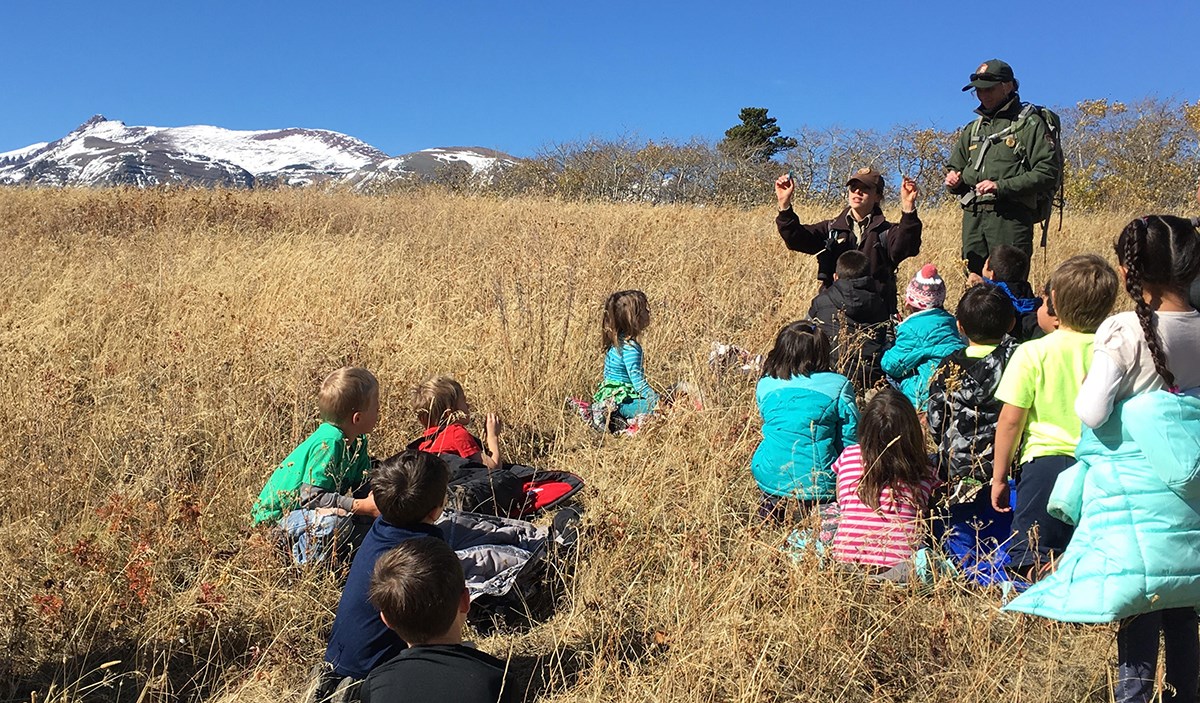
NPS This is a whole-day program on exploring habitats. Focus is on comparing and contrasting different natural features on earth—mountains/land vs. lakes/rivers (different habitats) as well as on how plants and animals go through predictable life changes as they grow so they have specific structures and characteristics that help them to survive in each type of habitat—in order to find food, water, shelter, and space. Grade: 2nd grade
National and State Science Standards 2-LS4-1 Make observations of plants and animals to compare the diversity of life in different habitats. ObjectivesStudents will be able to:
Field Trip LogisticsTeachers wishing to have their students participate in the habitat field trip must have their classes divided into groups of approximately 20 students. For example, a bus of 45 students would be divided into 2 groups, of ~22 students each. Reserve Your TripVisit the Scheduling & Guidelines page to find the reservation form as well as tips for a successful day in the park. If you have questions, email or call the Apgar Education Office at 406-888-7899. Preparing for Your TripStudents that spend time preparing for their visit get more out of a field trip to the park. Activities post-visit also help to reinforce information learned during the trip. Once registered, we will email you the complete field trip curriculum, which contains the following lessons:
|
Last updated: April 29, 2025
